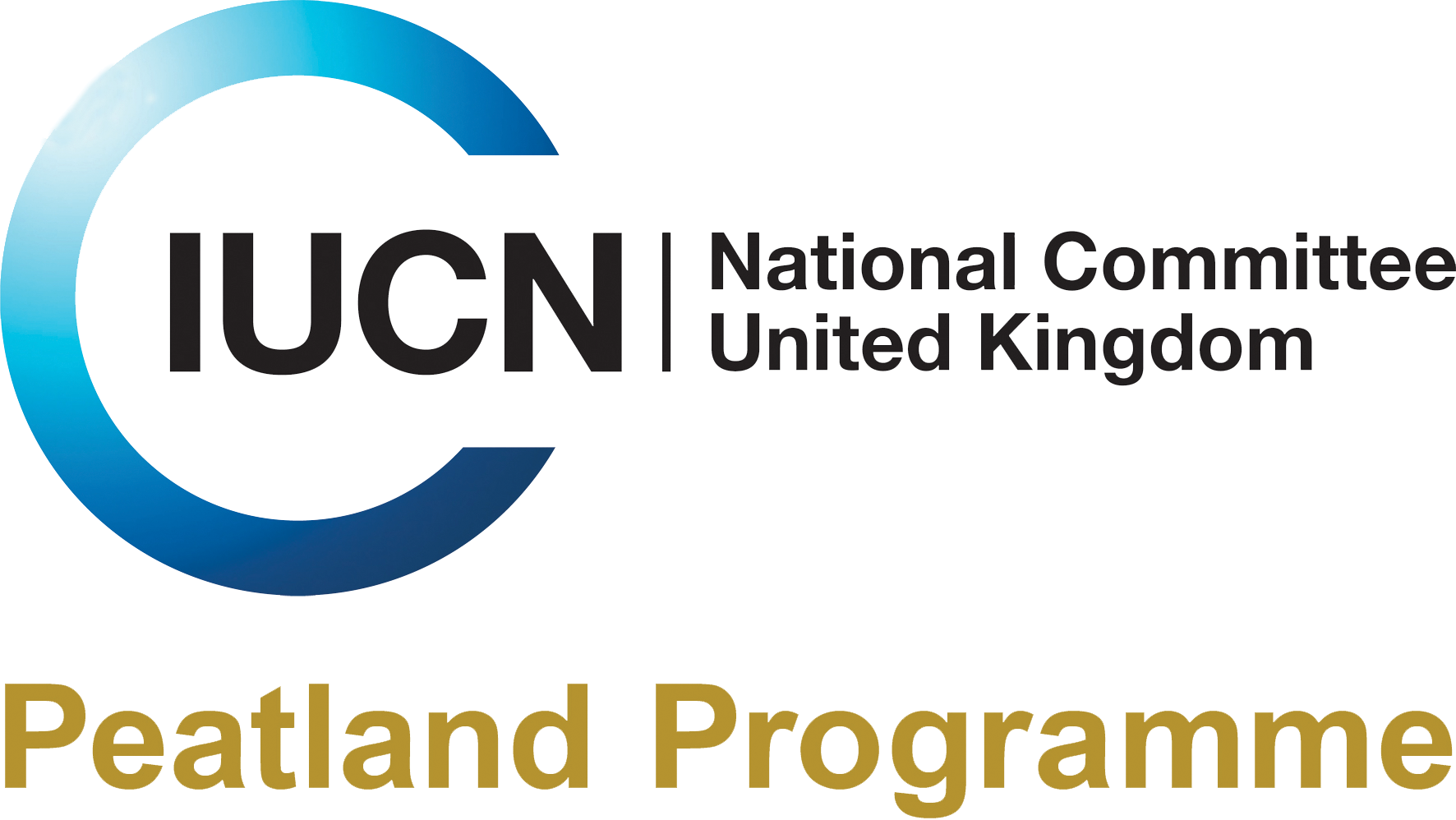Moors for the Future Partnership releases series of scientific and monitoring reports from MoorLIFE 2020 project
Results of six-year peatland restoration monitoring work by MoorLIFE 2020 highlights the many benefits of peatland restoration. One study found that planting sphagnum reduces both the likelihood…
